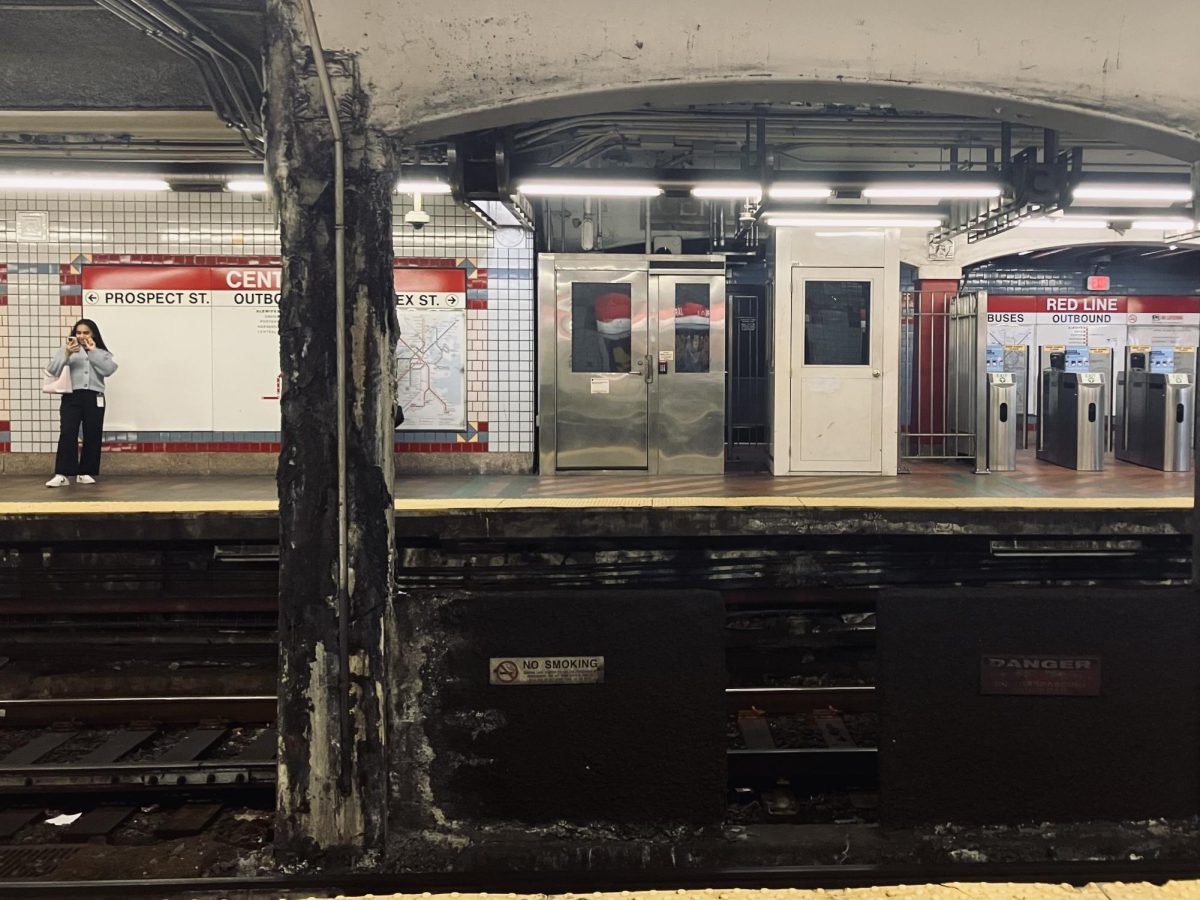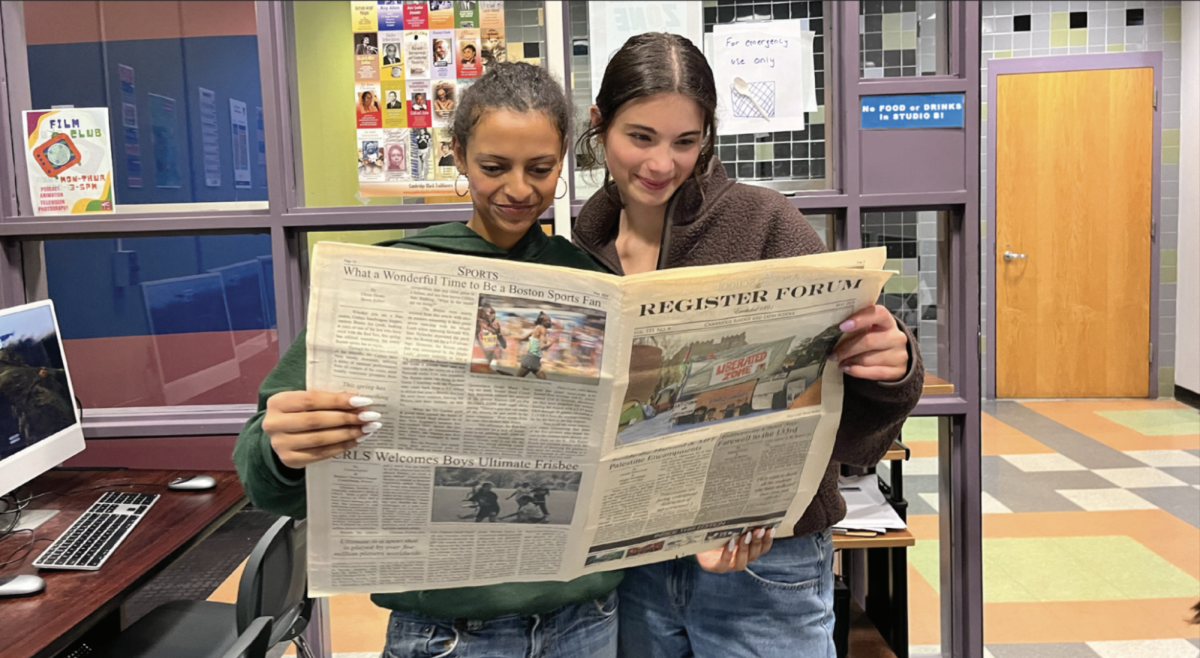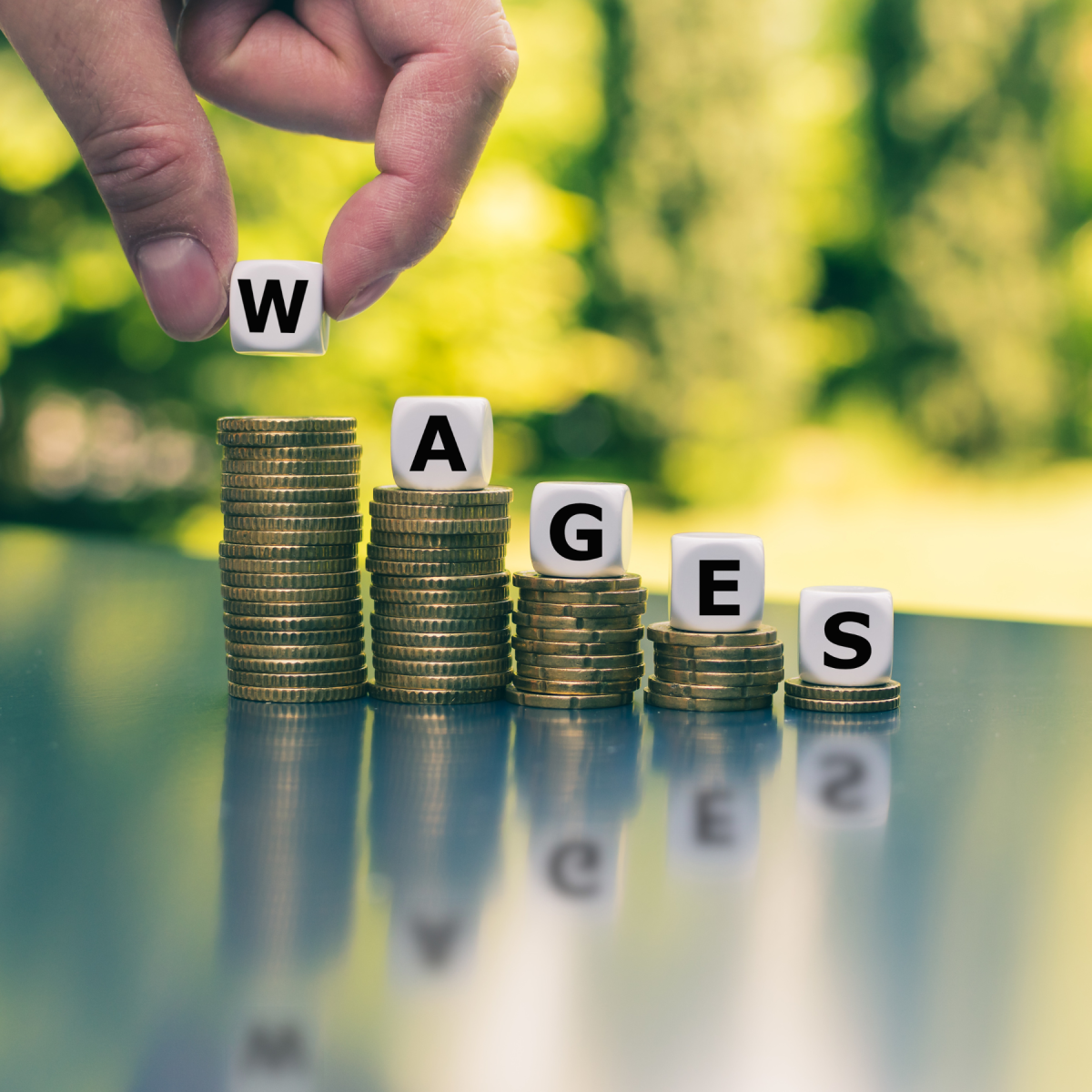The Boston transportation system is falling apart, literally. From the ancient trains to the massive operator shortages, delays, insufficient funding, safety issues, and speed restrictions, riding the MBTA is not fun.
The T is the backbone of Boston, providing a way for everyone to get around the city. I like to think of public transportation as a great equalizer: no matter who you are or where you come from, whether you pay or whether you don’t, everyone rides the train together. I have been a transportation enthusiast almost my whole life and have always been an advocate for a good public transit system. This has led me to meet many people who are also interested in transportation, some of whom work at the MBTA. One thing that most people I have spoken to agree on is that public transportation is critical for allowing people in marginalized communities to get to their destinations. When transit agencies do not serve areas that need them the most, everyone suffers.
An issue that probably affects the T more than any other is funding. “Since the 1980s, roughly four times as much federal funding has been allocated to roadways as public transit, primarily due to lobbying from the gas and oil industry,” wrote Bentley University student Avery Heinz in a recent publication of The Vanguard. This lack of funding has led to a system on the verge of collapse. Many stations are literally falling apart.
You may think the MBTA is a lost cause; however, there is still some hope to be had. The system covers a large area and is remarkably easy to understand as far as transit systems go. There are four lines for rapid transit (think the Red, Green, Blue, and Orange lines). Areas not covered by these trains can be accessed via a system of bus routes called the Silver Line, which connects Boston to Chelsea, Seaport, Roxbury, and Logan Airport. If you ever find yourself in the Greater Boston area, you will likely not be far from a train or bus stop. However, if you live outside of Boston, it becomes increasingly difficult to get around. A good first step for the MBTA would be to increase service on the bus routes in the suburbs and to make sure that those routes connect to commuter rail services that can take passengers downtown. Another thing the T should start focusing on is the maintenance of their tracks and stations. This lack of maintenance also ties into why the MBTA is moving a lot slower lately; if the tracks and stations are not up to par, trains can not run at normal speeds.
All in all, the MBTA is probably in the worst state it has ever been in. the MBTA is probably in the worst state it has ever been in. It faces countless issues met with no rush to fix them. If we do not continue to take care of it, the system will fall into even more disrepair.
This article also appears in our October 2023 print edition.













